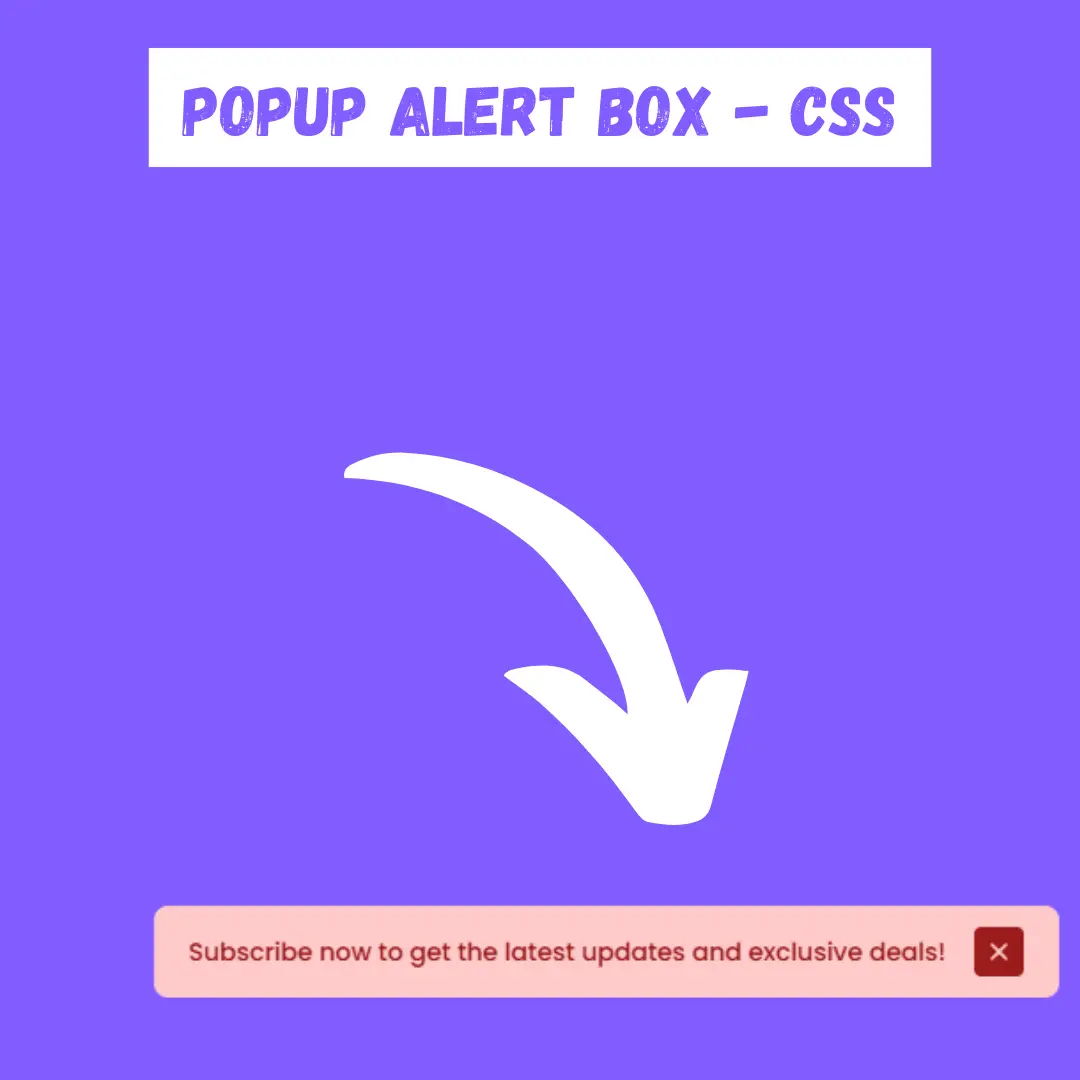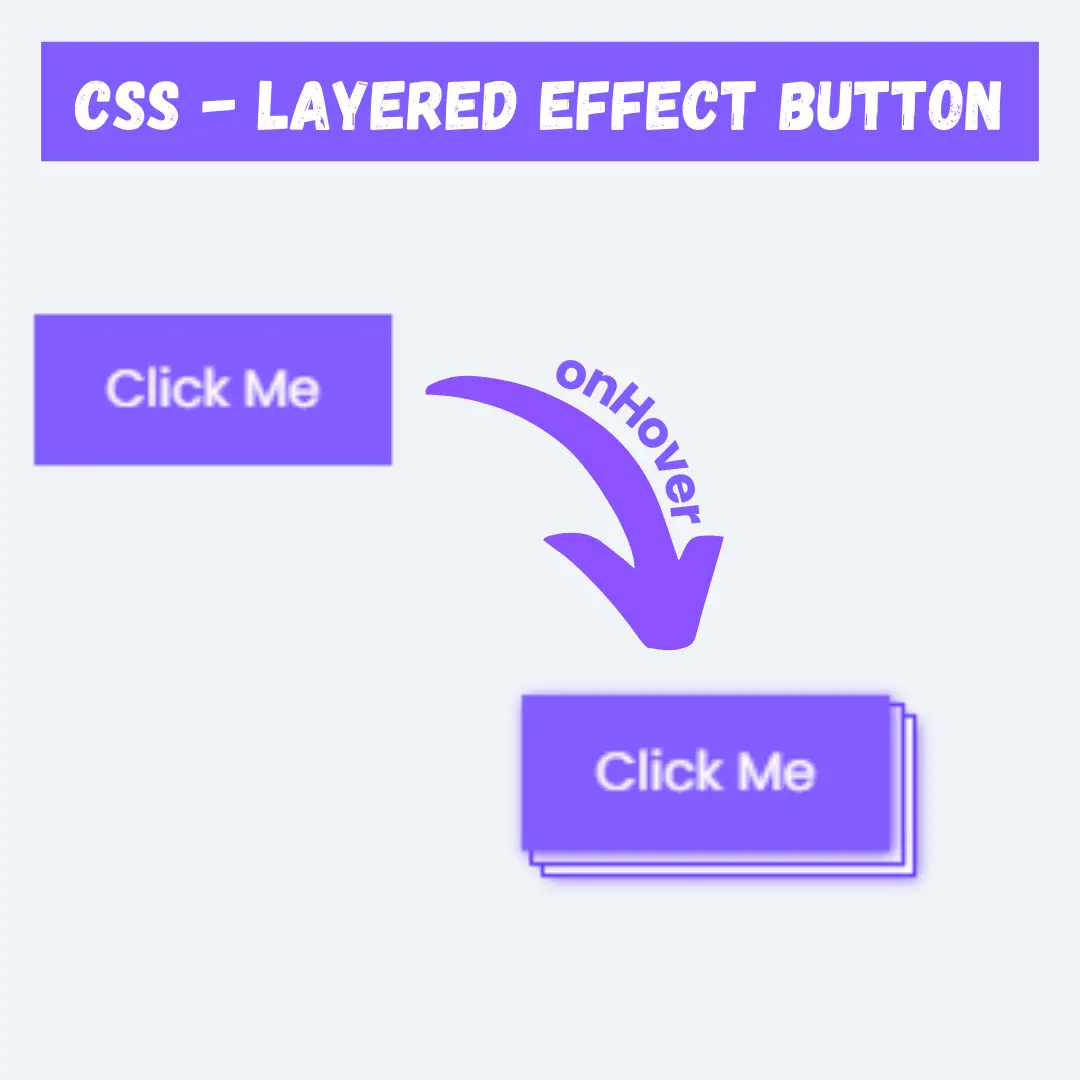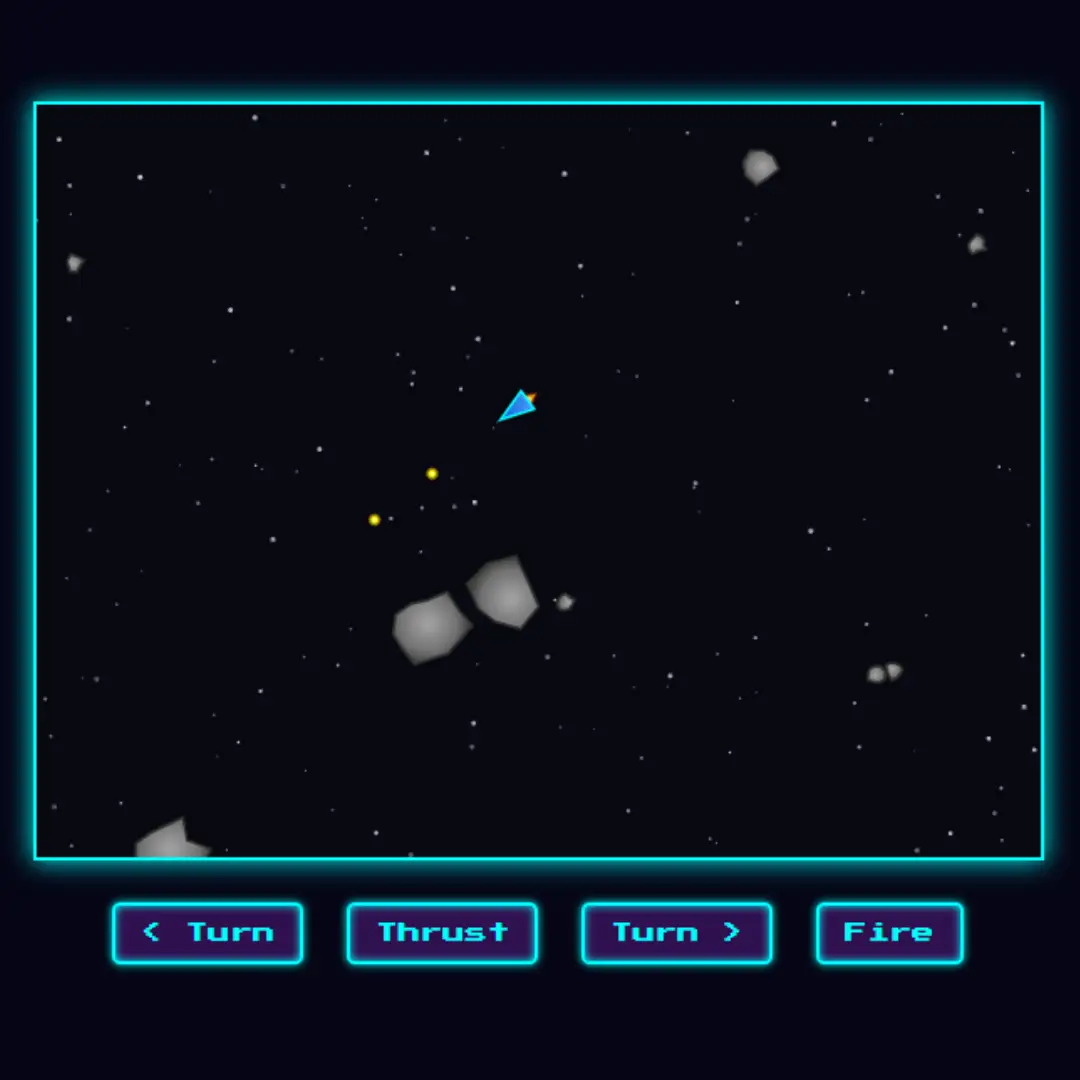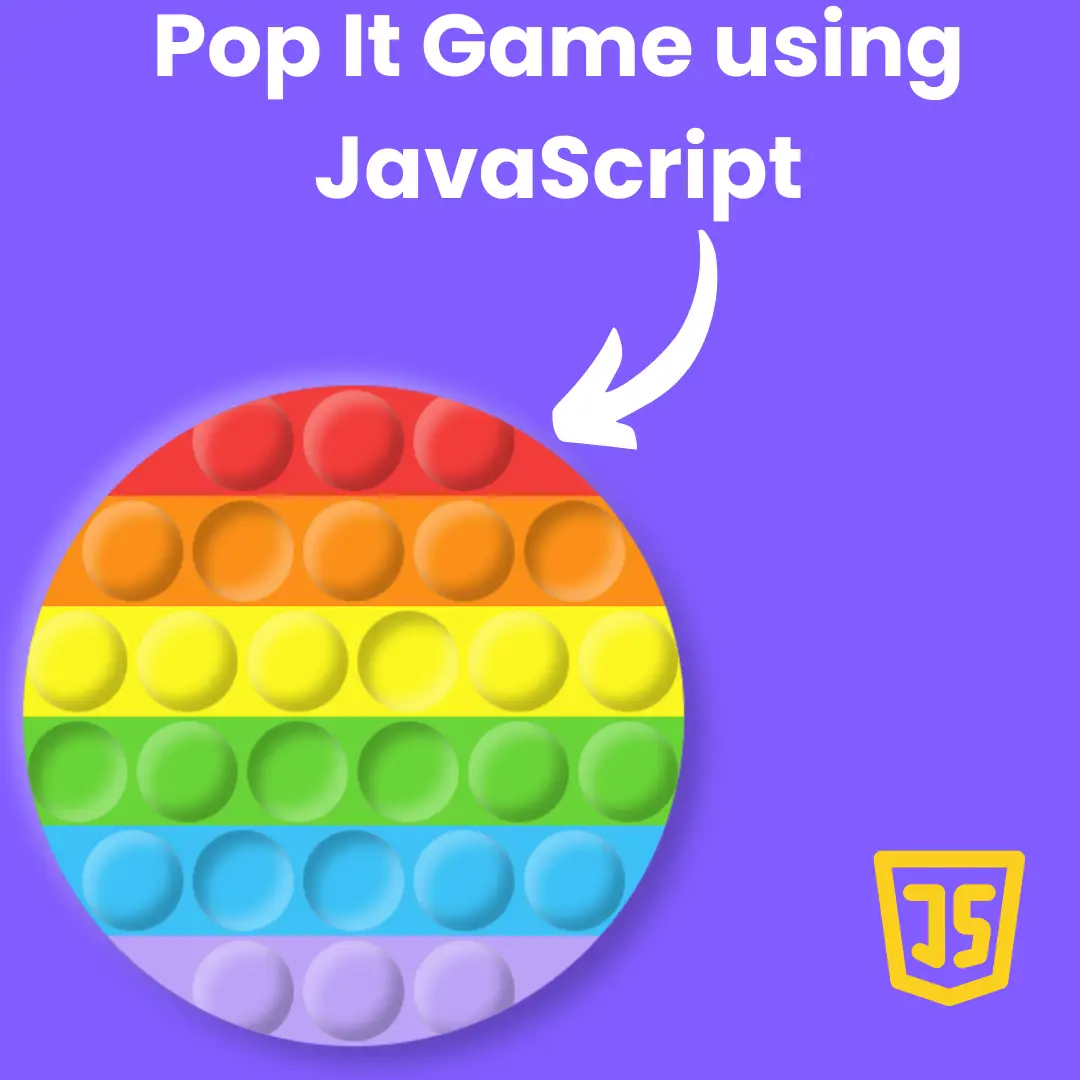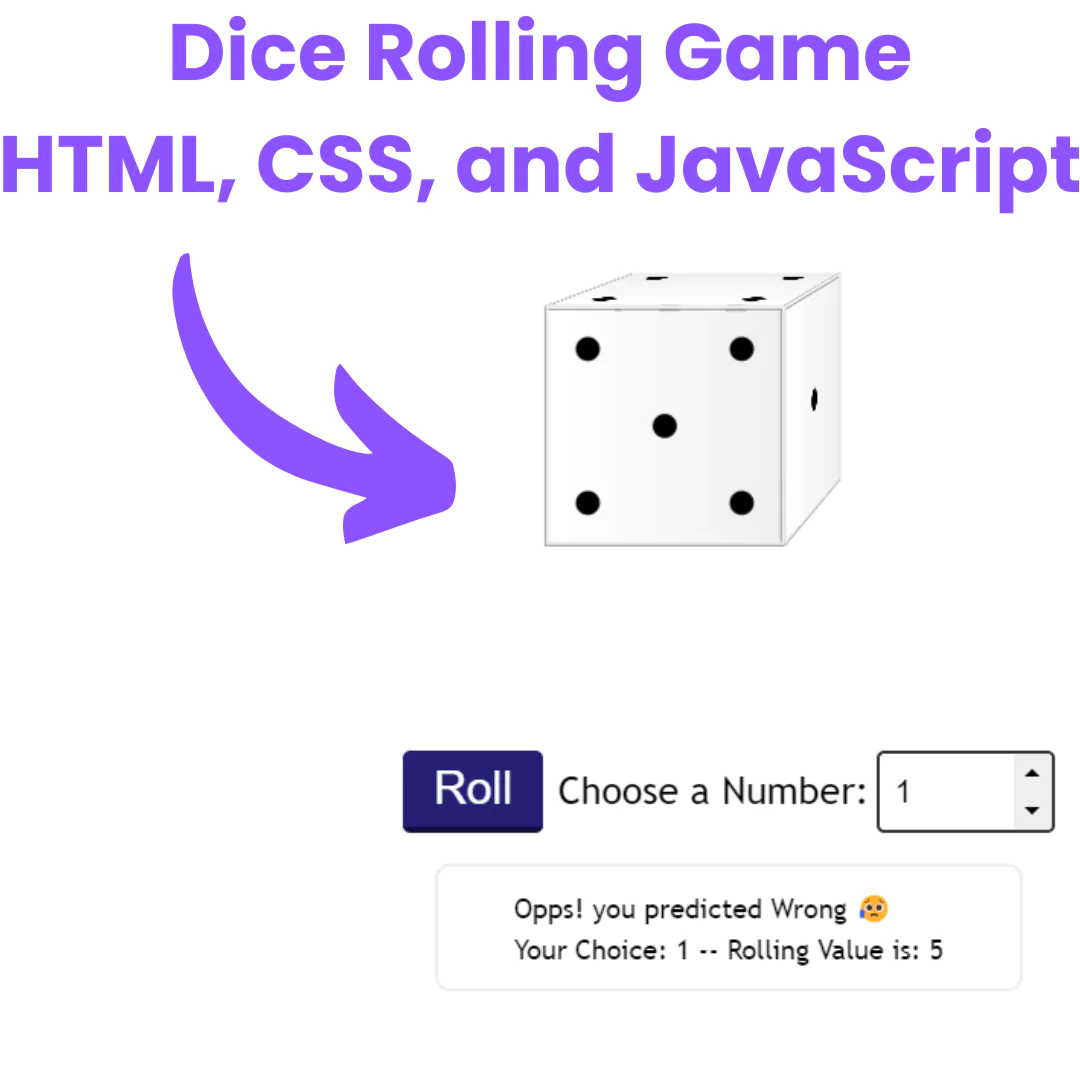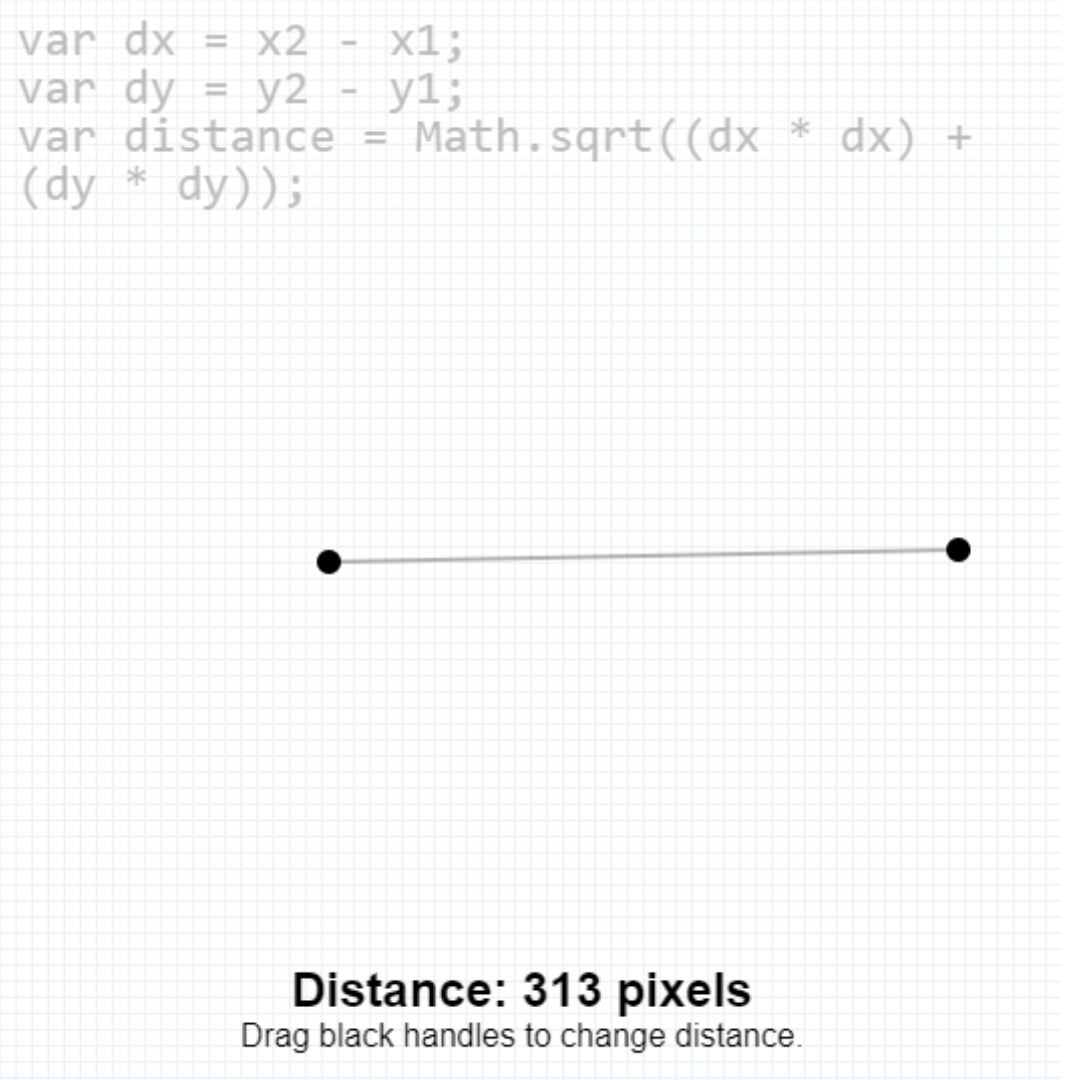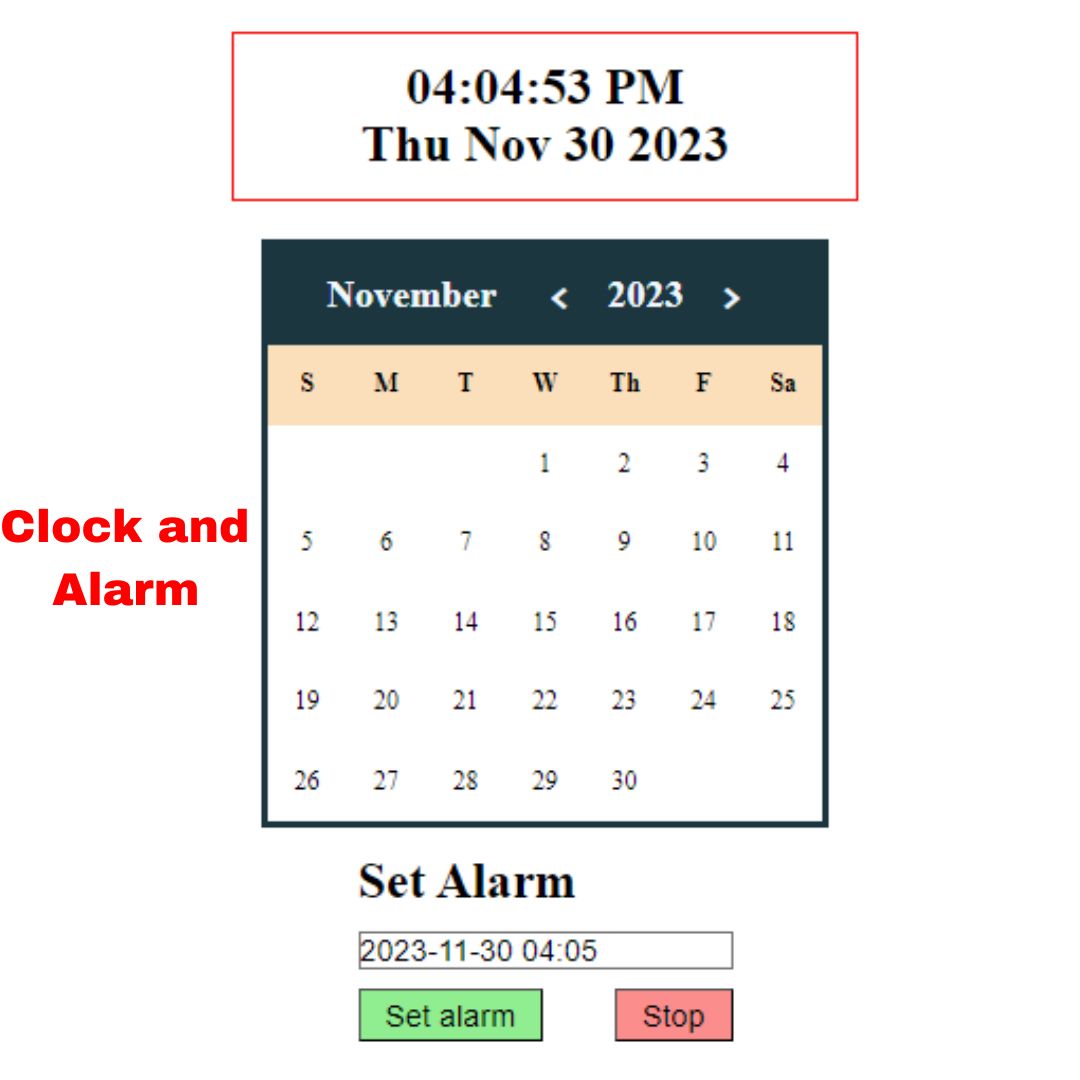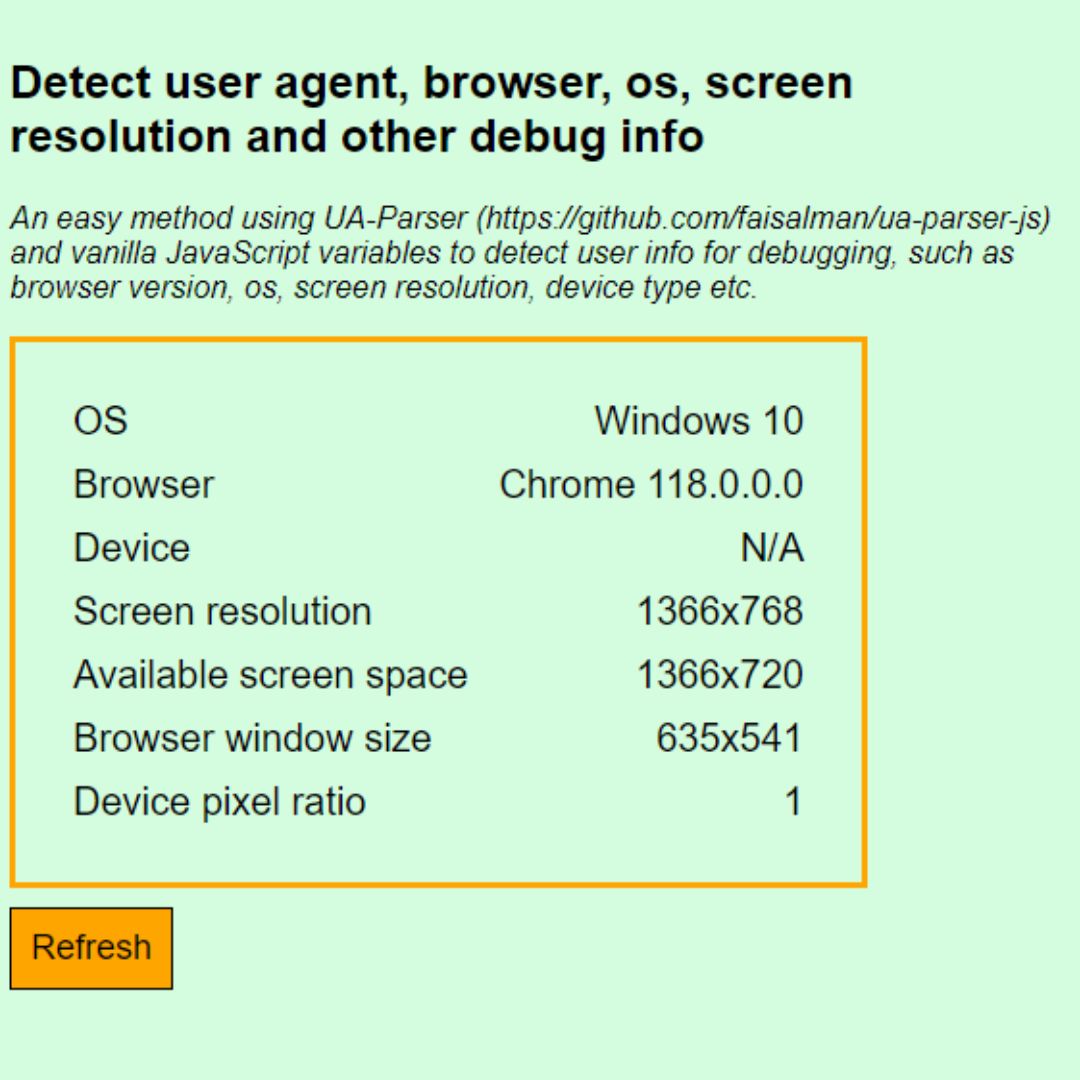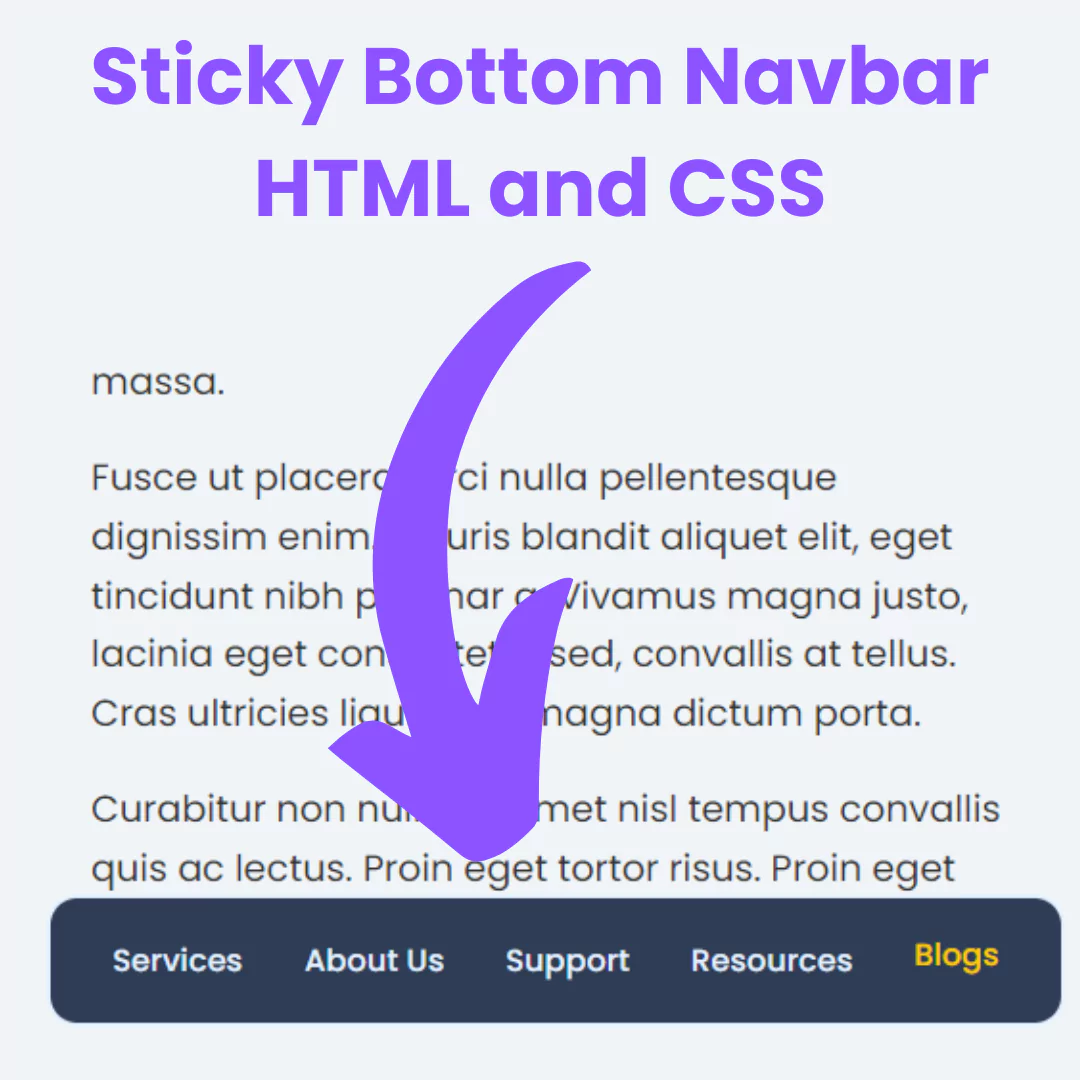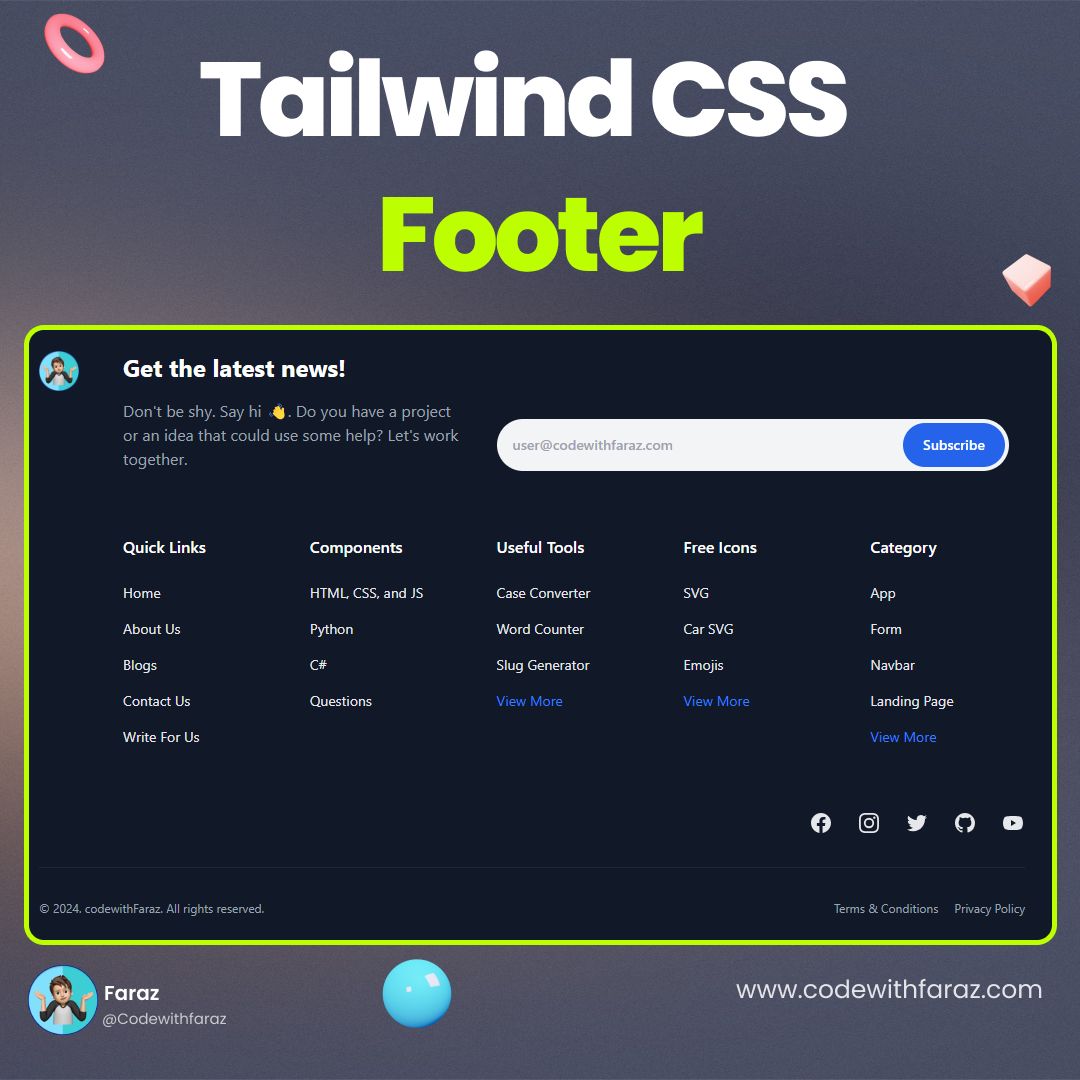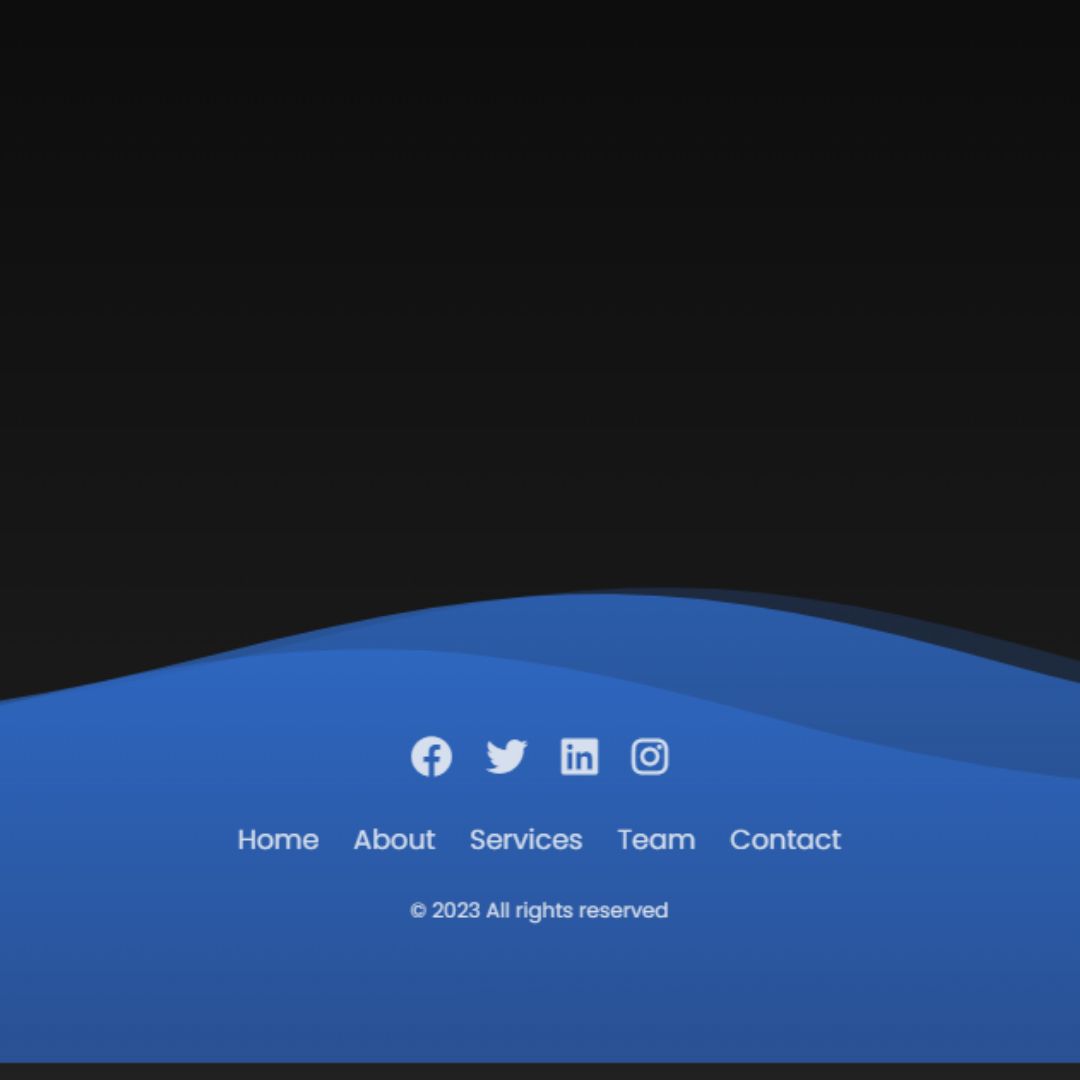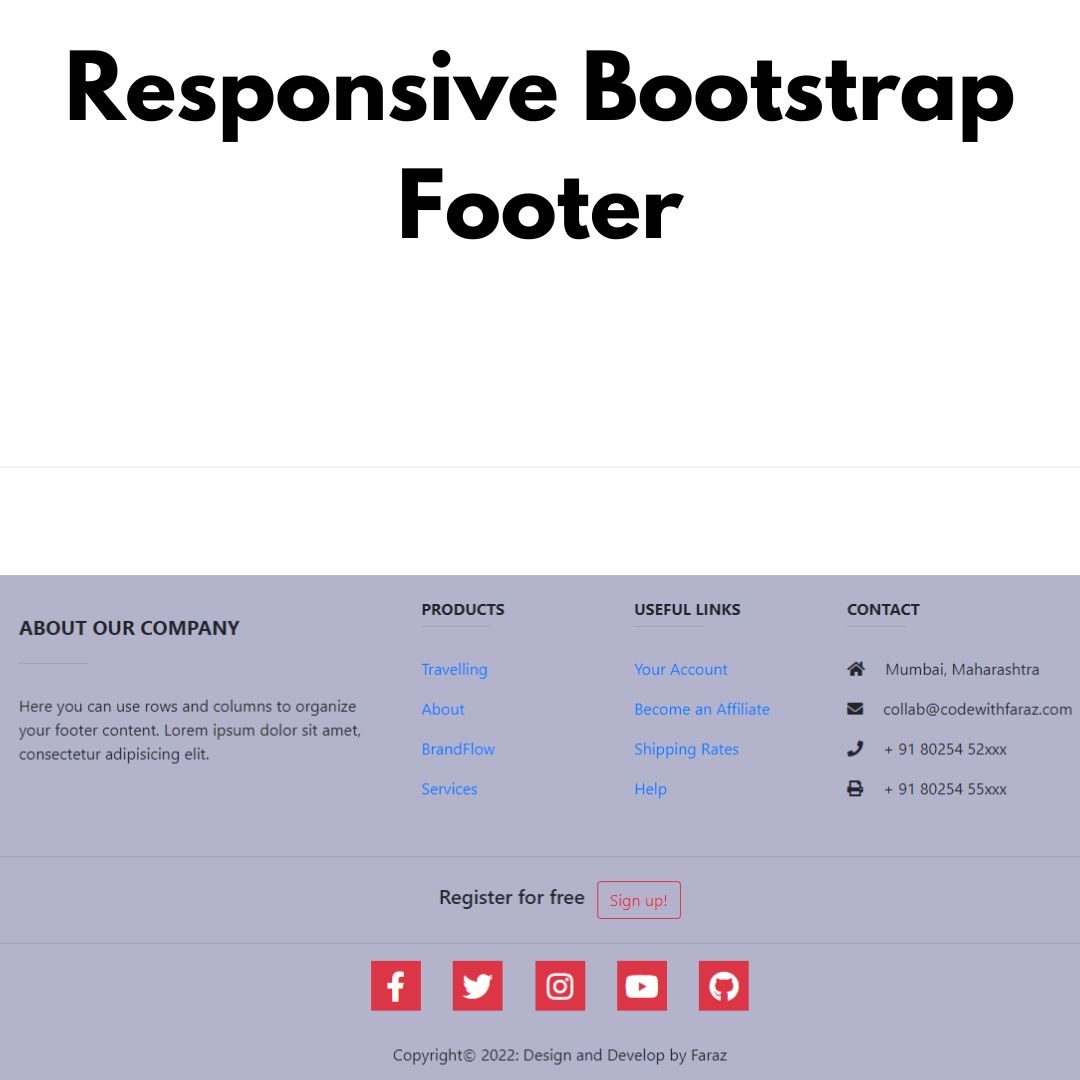How to Include Comments in JavaScript
Learn how to include comments in JavaScript code effectively. Explore syntax for single-line and multi-line comments, best practices, and the benefits of using comments for code readability and collaboration.
In JavaScript, you can include comments to add explanatory or descriptive text within your code. Comments are not executed by the JavaScript engine and are purely for human readers to understand the code better. There are two ways to write comments in JavaScript:
1. Single-line comments: To write a single-line comment, you can use two forward slashes (//) followed by the comment text. Anything after the double slashes will be considered a comment and will not be executed.
Example:
// This is a single-line comment
2. Multi-line comments: If you want to write a comment that spans multiple lines, you can use the forward slash and asterisk (/*) to begin the comment and the asterisk and forward slash (*/) to end the comment.
Example:
/* This is a multi-line comment. It can span multiple lines. */
It's good practice to use comments to explain complex sections of code, provide context, or add reminders for yourself or other developers who may read your code later. Comments can greatly enhance the readability and maintainability of your JavaScript code.
Best practices for commenting in JavaScript
When commenting in JavaScript, it is essential to follow best practices to ensure effective communication and maintainable code. Here are some guidelines to consider:
- Comment code intentions: Clearly explain the purpose of code blocks or functions to help other developers understand your code's logic.
- Avoid unnecessary comments: Avoid commenting on self-explanatory code or redundant comments that don't add any value.
- Write clear and concise comments: Use clear language and be concise while providing necessary information. Make sure your comments don't become longer than the code itself.
Benefits of using comments in JavaScript
Adding comments to your JavaScript code offers several benefits, including:
- Code documentation: Comments serve as documentation for your code, making it easier for others (and yourself) to understand its purpose and functionality.
- Collaboration and readability: Well-commented code enables seamless collaboration among developers by clarifying intentions and making code more readable.
- Debugging and troubleshooting: Comments can help isolate and identify issues during debugging and troubleshooting processes by providing insights into code functionality.
I hope you found the above information helpful. Please let me know in the comment box if you have an alternate answer 🔥 and you can support me by buying me a coffee.
And don’t forget to sign up to our email newsletter so you can get useful content like this sent right to your inbox!
Thanks!
Faraz 😊









